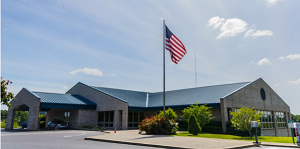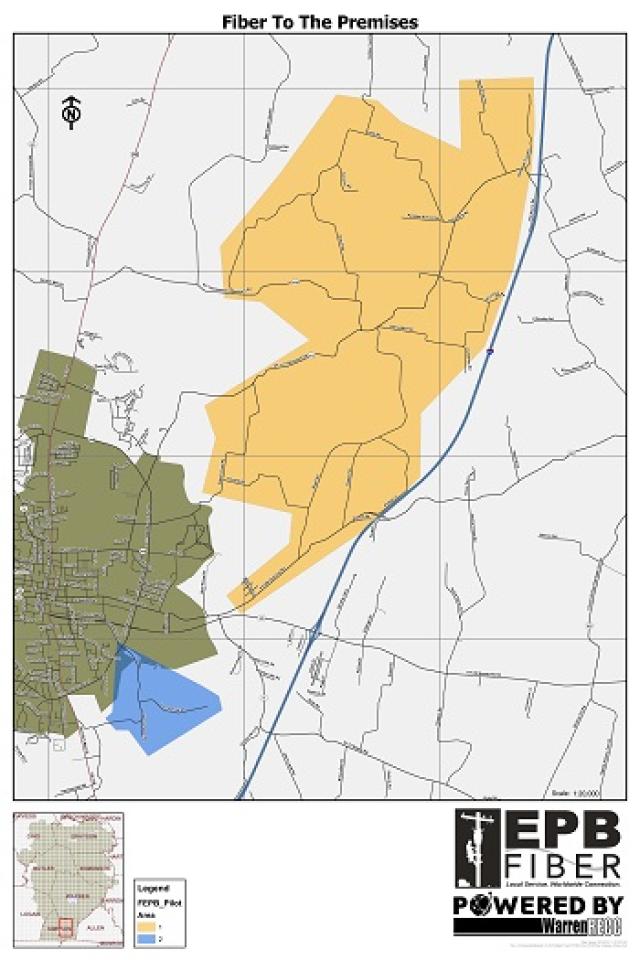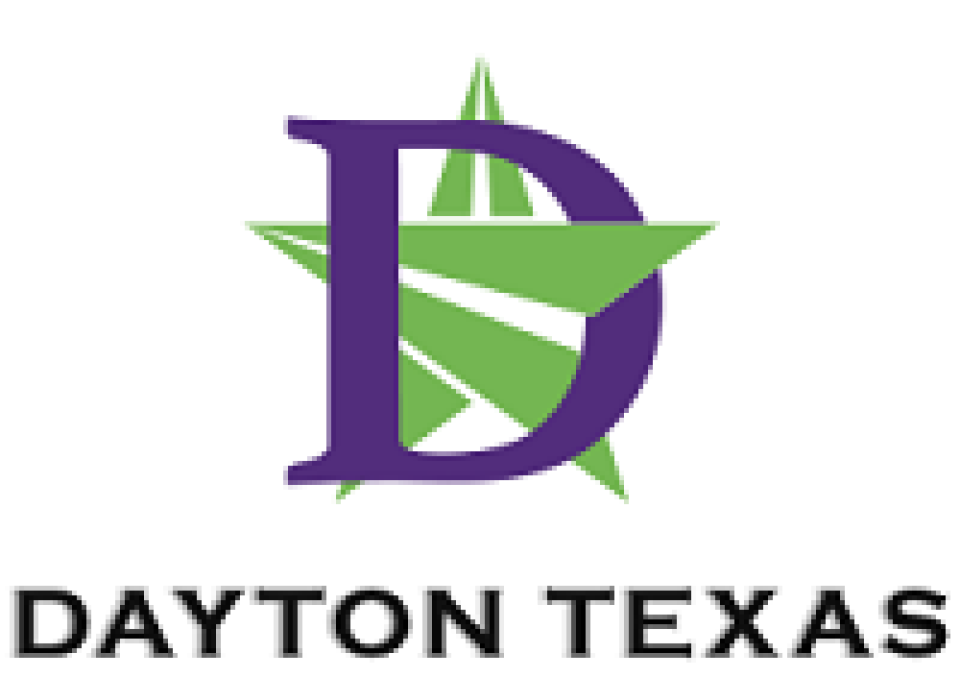
Fast, affordable Internet access for all.


This week on the podcast, Christopher is joined by Jeff Magsamen, Telecom Director at Waverly Utilities in Waverly, Iowa. During the conversation, the two discuss Waverly’s journey building a municipal network, how triple play take rates have changed in the last few years, and the benefits of partnering with neighboring municipal networks to reduce startup costs. Christopher and Jeff also take some time to highlight Waverly’s impressive take rate in the community, and what it takes to build a network people love.
This show is 20 minutes long and can be played on this page or via Apple Podcasts or the tool of your choice using this feed.
Transcript below.
We want your feedback and suggestions for the show-please e-mail us or leave a comment below.
Listen to other episodes here or view all episodes in our index. See other podcasts from the Institute for Local Self-Reliance here.
Thanks to Arne Huseby for the music. The song is Warm Duck Shuffle and is licensed under a Creative Commons Attribution (3.0) license.
This week on the podcast, Christopher is joined by Jeff Magsamen, Telecom Director at Waverly Utilities in Waverly, Iowa.
During the conversation, the two discuss Waverly’s journey building a municipal network, how triple play take rates have changed in the last few years, and the benefits of partnering with neighboring municipal networks to reduce startup costs. Christopher and Jeff also take some time to highlight Waverly’s impressive take rate in the community, and what it takes to build a network people love.
This show is 20 minutes long and can be played on this page or via iTunes or the tool of your choice using this feed. You can listen to the interview on this page or visit the Community Broadband Bits page.
Transcript coming soon.
We want your feedback and suggestions for the show-please e-mail us or leave a comment below.
Listen to other episodes here or view all episodes in our index.
Subscribe to the Building Local Power podcast, also from the Institute for Local Self-Reliance, on iTunes or Stitcher to catch more great conversations about local communities, the concentration of corporate power, and how everyday people are taking control.
Thanks to Arne Huseby for the music. The song is Warm Duck Shuffle and is licensed under a Creative Commons Attribution (3.0) license.
Dickson, Tennessee (pop. 15,500) was the third municipal electric system to take power from the Tennessee Valley Authority after its creation in 1933, but the utility actually predates the regional electric generation system by almost 30 years. Today, it’s entering a new phase of life, parlaying its 117-year history of bringing affordable electric service into an $80 million fiber-to-the-home (FTTH) build that will see every household in its footprint (37,000 meters) get future-proof Internet access within the next four years.
A Cooperative in Municipal Clothing
Established in 1905, the very first Dickson Electric System (DES) customers received their power from a single 150-horsepower external combustion steam engine. DES upgraded its capacity in 1923, switching to two 150-horsepower oil-burning engines. A little more than a decade later, the TVA was established and DES took service, joining the maturing regional electric system and bringing its 650 customers and 50 miles of line into what would eventually be a group of more than 150 local power utilities almost a century later.

Today, Dickson Electric territory covers almost 800 square miles across Dickson, Hickman, Cheatham, Williamson, Humphreys, Houston, and Montgomery Counties (with the bulk of its customers in the first three), across about 2,600 miles of distribution line to 37,000 locations.
Since 1972, the Fort Pierce Utilities Authority (FPUA) has provided gas, electric, water, and natural gas services to Fort Pierce, Florida and surrounding areas. Now, inspired by efforts in cities like Chattanooga, the utility hopes to leverage that expertise to deliver affordable fiber Internet access to the city’s 45,000 residents as part of a significant expansion of its internal fiber network.
Building on Its I-Net
Since the early 2000s, FPUA has deployed 110 miles of optical fiber via its FPUAnet Communications division. Initially, the project focused on bringing ultra-fast fiber broadband to large businesses, schools, hospitals, and other community anchor institutions.
In 2018, the city decided to expand its footprint to boost the local economy and cement Fort Pierce’s future reputation as a smart city of the future. First by upgrading the company’s existing utility systems (connected to 30,000 existing customer energy meters), then by utilizing that access to drive expanded fiber connectivity to smaller business and residential customers alike.
“We wanted to look at what we can do, and what are the needs in the community,” Jason Mittler, FPUAnet manager told me. “We have other local competition…Comcast, AT&T are competitors in the area. But in the realm of symmetrical speeds, no one really offers it.”
Fort Pierce certainly isn’t alone in that regard. Even the notoriously inflated FCC data indicates that most U.S. communities rarely have access to symmetrical speeds of 100 Megabits per second (Mbps) downstream and faster, and competition at those speeds is largely nonexistent. Addressing this market failure created an obvious business expansion opportunity for FPUANet that would not only bring additional value to its existing utility customers in the form of improved reliability and cost savings, but improve regional connectivity while keeping those dollars local
With the Tennessee Valley Authority (TVA) and the state’s Comptroller’s office recent approval of the Knoxville Utilities Board (KUB) business plan, the city-owned utility proposal to build a Fiber-to-the-Home (FTTH) network in the Volunteer State’s third-largest city is set to take the next step.
Tonight, KUB will hold a hearing to get public input on KUB’s plan to bring high-speed Internet service to its 210,000 customers spread out across Knoxville, Knox County, and small parts of seven neighboring counties.
If the KUB Board of Commissioners approves the final plan, along with a needed two-thirds majority support from the Knoxville City Council, network construction could start sometime next year and would take about seven years to build out.
But it won’t come cheap. “We project that the cost to build out the network and ultimately staff and operate that network, estimated cost is about $500 million over the first ten years of operation of the business line,” KUB Vice President Jamie Davis told WATE 6 News.
Funds to construct the network would come in part from a 3 percent annual rate increase on KUB electric customers from 2022-2025. After 2025, KUB electric customers would see an estimated increase of $10.50 in their monthly electric bill, according to Knox News.
And the Survey Says…
Baratunde Thurston hosted Bruce Patterson on the most recent episode of his podcast How To Citizen. The episode is a deep dive into the consequences of a lack of competition in Internet access, and how the city of Ammon on stepped up to meet the challenge. Baratunde talks with Technology Director Bruce Patterson about how he got into this space, how the project got started, and the wealth of positive outcomes it has help drive for the community.
Listen here, then watch the video below on how the network is saving money, creating competition for broadband services, and creating powerful new public safety applications.
Although Tennessee is one of 19 states in the nation with laws that limit municipal broadband networks, it is also home to several of the nation’s premier municipal Fiber-to-the-Home (FTTH) networks, including EPB Fiber, a division of Chattanooga’s city-owned electric and telecommunications utility.
In the Volunteer State, municipal electric providers are restricted from offering Internet service on fiber networks beyond their service areas. But now, Knoxville, a city of approximately 187,000 residents and the home of the University of Tennessee, is aiming to get on the community fiber track and become the state’s next gig city.
Earlier this month, the Knoxville Utilities Board (KUB) Board of Commissioners approved a business plan that, if approved, will set the utility on a path to bring high-speed Internet connectivity to its more than 468,000 customers spread out across Knoxville, Knox County, and small parts of seven neighboring counties.
The plan has been sent off to the Tennessee State Comptroller office for review, one of the initial steps in the process to bring triple-play services (Internet, phone and TV) to its broadband-hungry customers.

A Need for Speed
Franklin, Kentucky’s (pop. 8,400) electric utility is gearing up for an expansion of its partnership with Warren Rural Electric Cooperative Corporation (WRECC) with the help of $2.3 million from the recent FCC Rural Digital Opportunity Fund (RDOF). The new partnership will allow Franklin EPB to add new service to roughly 250 locations adjacent to a current project in the area.
The expansion project will add subscribers in the northeast region of Simpson County and nearby parts of the city of Franklin in the south-central part of the state, where the two entities are operating a two-area fiber pilot.

DayNet, a new Internet utility emerging in Dayton, Texas, is looking to lasso a broadband-minded boss for this small East Texas city of approximately 7,200, about 37 miles east of Houston.
Applications are being accepted for a Broadband Manager/Head Network Engineer to oversee the business and technical operations of DayNet as the city has begun construction of a citywide Fiber-to-the-Home (FTTH) network.
In addition to hiring a Broadband Manager/Head Network engineer, the city is banking on the project to “increase competition and choice . . . while having a positive impact on economic development, education, and the technology amenities that are available to citizens and businesses.”
Good Credit, Better Broadband
To finance the construction, the Dayton City Council approved a $13.7 million bond issuance at a 2.56% interest rate, thanks to the city’s rising credit rating. Network construction began at the start of the year. And when the network is fully built, which is expected to be complete by 2023, 110 miles of fiber will criss-cross the city’s 11 square miles, passing every home, business, and anchor institution in Dayton.


This week on the podcast Christopher talks with Michelle Barber and Andre Lortz. Both serve on the Kaysville City Council and are members of the group Citizens for Kaysville Fiber, but today they join us to talk as regular citizens of the city of 30,000 in Utah.
Kaysville has been working to improve Internet access for years — some residents have good connectivity, but other parts of town are very poorly served. In 2019 it began considering a municipal network, and Michelle and Andre share the history of efforts to make forward progress as well as the moves made over the last twelve months. The city originally considered a model with a utility fee, but in the face of opposition ultimately decided for a bond approach which just saw a vote where the measure was defeated by less than 200 votes. Michelle, Andre, and Christopher talk about how it happened (including how major providers funded public relations campaigns to scare people away), and what the project’s continued support means for its future.
This show is 41 minutes long and can be played on this page or via Apple Podcasts or the tool of your choice using this feed.
Transcript below.
We want your feedback and suggestions for the show-please e-mail us or leave a comment below.
Listen to other episodes here or view all episodes in our index. See other podcasts from the Institute for Local Self-Reliance here.
Thanks to Arne Huseby for the music. The song is Warm Duck Shuffle and is licensed under a Creative Commons Attribution (3.0) license.